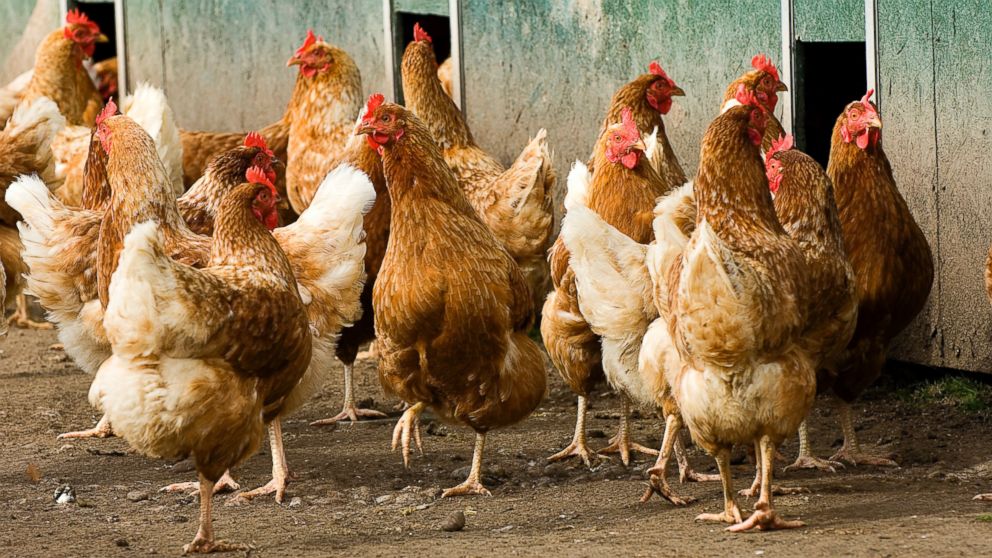Ethical Farming: Pondering the Super Chicken
Millions of male chicks belonging to egg-laying breeds are destroyed.

Oct. 19, 2013— -- Every year, millions of male chicks are discarded because of the demands of industrial chicken farming. Now a German company has engineered a new breed that could solve the problem -- but it comes with drawbacks of its own.
In the town of Kitzingen, in the south German state of Bavaria, a nondescript barn houses some heavily researched chickens. The building contains two long rows of tall wire cages, each three meters (10 feet) long and two meters (6.5 feet) wide. Each cage contains 24 chickens. They look healthy and vigorous. Some are sitting on poles, others are scratching on the ground, and a few have retreated to nests at the end of the chicken coop.
This new breeding line, "Lohmann Dual," is a registered trademark of the world's largest producer of egg-laying hens, Lohmann Tierzucht, which has its headquarters in Cuxhaven in the northern German state of Lower Saxony. They were created by Lohmann Managing Director and Chief Geneticist Rudolf Preisinger. For years now, the 55-year-old professor has been working on this breeding line -- crossing breeds, measuring birds, counting eggs and weighing chicken feed.
Now he has traveled to this testing barn run by the Bavarian State Research Center for Agriculture, where the birds will be compared with other breeds under controlled conditions. Preisinger gives a loud clap with his hands and then carefully observes his birds. Hundreds of chickens fall silent for a second and stretch their necks, but none fly up in panic. "That's how it should be," says the geneticist, "very calm, good-natured animals."
This new breed of Gallus gallus domesticus, the domestic chicken, is a small sensation in the agricultural industry. The bird is the first so-called dual-purpose chicken in the product range of the company, whose hatcheries in Germany alone produce some 45 million laying hens every year. This means the new breed supplies both eggs and meat: The female animals of the breeding line reportedly lay 250 eggs a year, while the males make respectable broilers -- meaning a bird fit for broiling -- at an age of 70 days.
Solution to Chicken 'Mass Murder'
Lohmann bred the dual-purpose chicken in response to growing criticism of conventional practices in modern egg production. Millions of male chicks belonging to egg-laying breeds are destroyed immediately after they are hatched. They are worthless for the poultry industry because they don't lay any eggs and, because of their breed, don't produce much meat. The male chicks are thrown alive into a kind of meat grinder, called a macerator, and then discarded as refuse. Or they are suffocated with carbon dioxide. This at least allows their bodies to be used as feed at zoos and reptile farms.
For years, animal-rights activists and consumer associations have been denouncing this "mass murder" in the hatcheries as one of the perverse excesses of profit-driven factory farming. The legality of this culling is also the subject of considerable debate: Germany's animal protection laws prohibit the killing of vertebrates without "reasonable cause." Until now, local authorities have tolerated the practice, at least when the dead chicks are marketed as animal feed.



